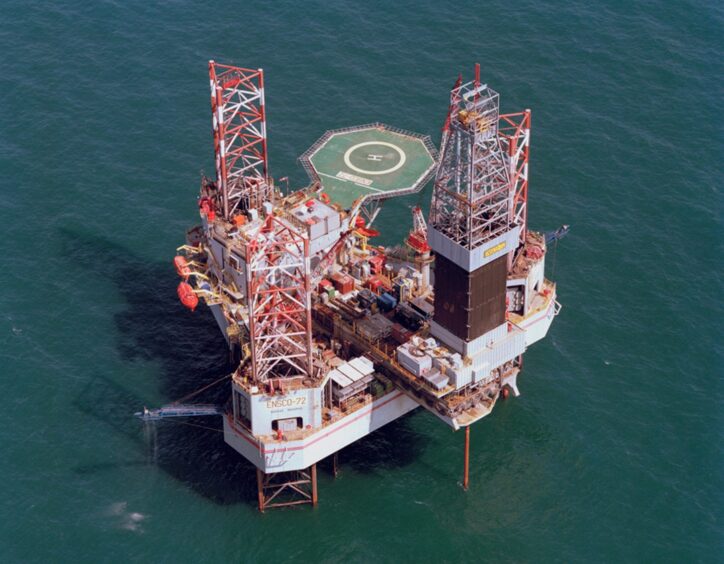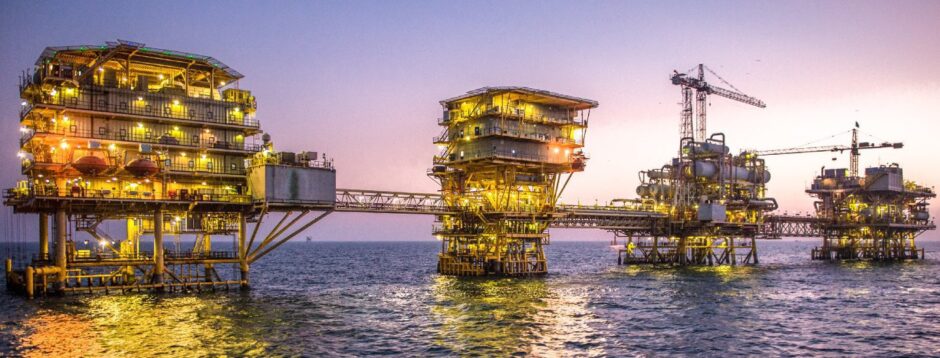
The commodity cycle is notorious for its ups and downs, with some parts more exposed than others to the swings. Drilling is one such part that sees greater highs – and lows.
At the moment, things are moving upwards. Drilling rates are rising and rigs, particularly jackups, that had been put into hibernation are being brought back to life.
Not all parts of the world are seeing equal amounts of opportunities, though. While higher oil prices have gone some way to shoring up the outlook broadly, local drivers cannot be ignored.
The North Sea has seen drilling rates suffer and equipment leave the region, particularly jackups, while the Middle East has attracted equipment from around the world. State-backed companies in the region have proved eager to bulk up on future capacity, particularly to take advantage of low rig rates.
Now that rates are rising, Middle Eastern demand is slowing – but Southeast Asia has been touted as the next step.
North Sea challenges
The UK North Sea is seen as a tough operating environment, both in terms of harsh environment but also because of the fiscal regime. The Energy Profits Levy (EPL), known as the windfall tax, has brought down demand for new work in the area.
Valaris has said Norway is also a challenge at present. The company’s chief commercial officer, Matthew Lyne, described jackup opportunities in Norway as “very limited”. He predicted that no Valaris rigs would be working offshore in the country in 2024.
The company sees rig demand falling further in the North Sea. This will come either via more rigs being stacked or equipment leaving the area for other locations.
Lyne gave the example of the Valaris 247. This is in work for Perenco in the North Sea until the end of 2023. Then, though, it will head off to Australia to capitalise on a $180,000 day rate. This would be the highest of disclosed prices in Valaris’ jackup fleet.
Middle East
One area of growth over the last couple of years has been the Middle East, with demand almost entirely for jackups.
Esgian senior rig analyst Matthew Donovan explained that there had been a large number of fixtures from 2021 to 2023, particularly from Saudi Aramco and Adnoc.
“This has resulted in many jackups moving from other regions into the Middle East, coming from Southeast Asia and the Far East, the North Sea, Mexico and other areas. There’s been comparatively little movement of jackups from the Middle East to elsewhere, and much of the previous excess capacity in the global jackup market has been absorbed by Middle Eastern demand.”
The Middle East now accounts for 45% of working jackups, Donovan said.
Strategic drivers
Saudi Arabia and Abu Dhabi have taken steps to bulk up their fleets. The Esgian analyst noted that the pace of acquisition has slowed in 2023, as rigs are reactivated.
There is a clear sense of strategic direction. In 2019, Adnoc Drilling had 99 owned rigs, it now has 124 rigs. The company, which listed on the local stock exchange in 2021, has linked its aspirations to that of its parent company.
Adnoc has set out a plan to reach 5 million barrels per day of capacity by 2027 – and has awarded a number of contracts to its drilling unit to achieve this goal.
Saudi Arabia has also been willing to invest in the supply chain in order to accomplish its goals. Donovan noted that Saudi’s Public Investment Fund (PIF) bought into ADES in 2021 and then carried out an IPO in October 2023.
“In terms of jackup activity, Saudi Aramco, Saudi Arabia’s state oil company, has signed 67 fixtures for new jackups since the start of 2022, while Adnoc has signed 20. There’s also been new fixtures over the past couple of years for new contracts in Qatar and Egypt,” Donovan said.
Co-operation
International companies are still coming to the region and demand for additional capacity continues to rise.
Borr Drilling, COSL and Shelf Drilling are all providing rigs for the region. One way for international companies to participate is via joint efforts at the corporate level.
Valaris, for instance, has a joint venture, ARO Drilling, with Aramco. The two formed the unit in 2017, contributing jackups and ARO plans to build 20 new jackups over the next 10 years.
Valaris has explained that the day rate will target a six-year payback for construction costs, on an EBITDA basis. ARO stands to benefit from its connections, with Aramco giving preference to its jackups for new contracts.
“As the cold stacked and stranded asset fleet shrinks we believe new orders for jackups will take place eventually,” Donovan continued.
The Esgian analyst pointed to ARO’s plans for growth. A Lamprell yard in the United Arab Emirates delivered the first rig, Kingdom 1, this quarter and the second is due in early 2024.
Thereafter, construction will shift to a Saudi yard, in the King Salman International Complex.
Donovan said that beyond ARO’s plans, it could take “several years before other new jackup orders are made. It is also important to note that new jackup orders would do little to alleviate current tightness in the jackup market, as they would not enter the market for quite some time.”
Tighter market
According to Westwood Global, there were 411 committed jackups in October this year. Available jackups stood at 29, with 56 cold-stacked rigs.
“We have already seen cold-stacked jackups reactivated to meet the demand in the Middle East as well as newbuilds that had been uncompleted at various shipyards being acquired and sent to work in the area,” said Donovan.
“We will see more of this worldwide as the economics seem to be right, but drilling contractors need long-term contracts with upfront payments to contribute to the massive [capital expenditure] needed to get the rigs drilling ready.”
There is clearly some scope for reactivating cold-stacked rigs. But the longer they have been out of action the harder – and more expensive – they are to bring back. It is likely that not all of the cold-stacked rigs can be reactivated.
Valaris, citing S&P Global Petrodata, said there were around 90 rigs warm- and cold-stacked around the world. However, it said that “many” of these are not competitive, with 60 more than 30 years old and with 68 stacked for more than three years.
Next hotspot
Valaris, in its recent quarterly announcement, said active utilisation of its jackups was above 90%. Significantly, “both average and leading-edge day rates [are] continuing to trend upwards”, said Lyne.
The Valaris chief commercial officer, speaking on a conference call, said the Middle East had driven demand for benign environment jackups since early 2021. While the Middle East is considered to be benign for equipment, rig workers doing physical activity in 40 degrees Celsius weather may disagree.
“More recently, we have also seen a return of longer duration opportunities in Southeast Asia, including Malaysia, Thailand and Vietnam,” he continued.
Shelf Drilling, another jackup owner, has highlighted increasing interest from Asia, as has Borr Drilling. The latter recently reported a 24-month contract for its Idun jackup worth around $170,000 per day.
Valaris expects Southeast Asia will draw in rigs to meet this demand. This will drive day rates upwards in recognition of the need to cover mobilisation costs.
Expanding options
Furthermore, while conventional demand may be muted in the North Sea, new opportunities are emerging. The Valaris 123 has won work in 2024 on the Porthos carbon capture and storage (CCS) project in the Netherlands, from TAQA. Another Valaris rig won a contract in November for a 55-well decommissioning project, from Eni in the UK.
In addition to decommissioning and CCS work, drilling companies are reporting longer duration contracts. As these extend, companies will find it more attractive to reactivate cold-stacked rigs.
As the contracting environment changes, drillers are seeing opportunities change. Amid broad scepticism around the UK’s future E&P drilling needs, it is only natural that contract natures will change.
Amid the drive for decommissioning in particular, operators will need to work out how best to retain the equipment needed. There are ways in which to bring down risk, such as collaboration and rig sharing in decommissioning. However, the pool of available jackups is not infinite.
Demand from the Middle East is still going strong, and prices rising in Southeast Asia and Australia. It would be rash to make assumptions about future rig availability.

 © Supplied by Adnoc
© Supplied by Adnoc © Supplied by Saudi Aramco
© Supplied by Saudi Aramco